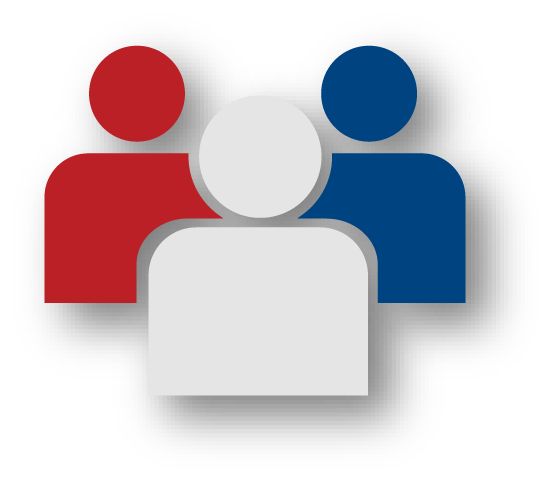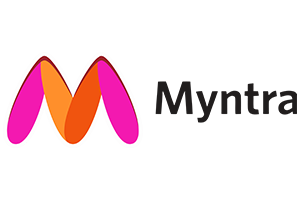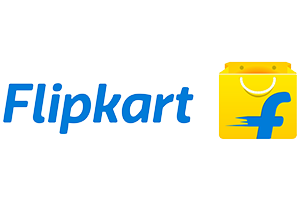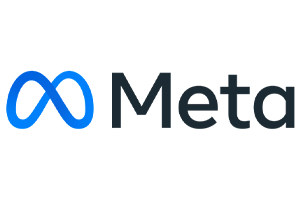On-Page SEO refers to optimizations within your website that help search engines understand your content
and improve rankings.
Key Factors of On-Page SEO:
-
📌 Keyword Optimization: Placing relevant keywords naturally in titles, meta descriptions, and content.
-
📌 High-Quality Content: Creating valuable, informative, and engaging content (long-form blogs perform
77% better in search results).
-
📌 Meta Tags Optimization: Writing compelling title tags (under 60 characters) and meta descriptions
(under 160 characters).
- 📌 Internal Linking: Connecting relevant pages within your website to improve navigation.
- 📌 Image Optimization: Using compressed images and ALT text for better visibility.
- 📌 User Experience (UX): Improving page layout, readability, and engagement.
🔹 Example: A blog titled "Best Running Shoes for Beginners" should include keywords like "best
running shoes," "running shoes for beginners," and "top-rated running shoes" to attract organic traffic.
📊 Did You Know?
-
Websites with optimized title tags and meta descriptions see a 5.8% higher click-through rate (CTR).
-
Google ranks long-form content (1,800+ words) 56% more frequently in the top 10 search results than
short articles.
Off-Page SEO involves external activities that increase website authority and credibility. Google’s
ranking algorithm considers backlinks as a major ranking factor, with top-ranking pages having 3.8x more
backlinks than lower-ranking pages (Backlinko study).
Key Factors of Off-Page SEO:
-
📌 Backlinks: Getting links from authoritative websites (92% of top-ranking pages have at least
one backlink).
- 📌 Guest Blogging: Writing high-value articles for other websites to earn backlinks.
-
📌 Social Media Engagement: Increased social shares improve brand visibility and search rankings.
- 📌 Influencer Marketing: Partnering with influencers to drive traffic and brand mentions.
- 📌 Brand Mentions: Being referenced by authoritative sites, even without a link.
🔹 Example: If a top digital marketing blog links to your SEO strategy guide, it signals to Google
that your content is valuable, improving rankings.
📊 Did You Know?
- Websites with a strong backlink profile rank 50% higher in Google search results.
-
Pages with high-authority backlinks receive 74% more organic traffic than those without backlinks.
Technical SEO ensures that search engines can crawl, index, and rank your site effectively.
Key Factors of Technical SEO:
-
📌 Website Speed: Google recommends page load times under 3 seconds (40% of users leave slow
websites).
- 📌 Mobile-Friendliness: Over 60% of Google searches come from mobile devices.
- 📌 Secure Website (HTTPS): Websites with SSL certificates rank higher.
- 📌 XML Sitemap: Helps search engines navigate your site structure.
- 📌 Robots.txt: Guides search engines on which pages to index.
- 📌 Structured Data (Schema Markup): Helps Google understand your content better.
🔹 Example: If your website loads in 2 seconds instead of 5, it can reduce bounce rates by 32% and
improve rankings.
⭐ 2. Improve Customer Ratings & Reviews
Customer feedback directly impacts rankings and conversions. Improve your ratings by:
- ✔ Ensuring fast delivery: Myntra prioritizes fast-moving sellers.
- ✔ Providing high-quality products: Avoid defects and low-quality items.
- ✔ Engaging with customers: Promptly respond to customer queries & issues.
📌 Tip: Offer post-purchase support to encourage positive reviews.
📊 Did You Know?
- 53% of mobile users leave a site that takes longer than 3 seconds to load.
- Google gives preference to HTTPS websites, improving their rankings by 5% or more.

















